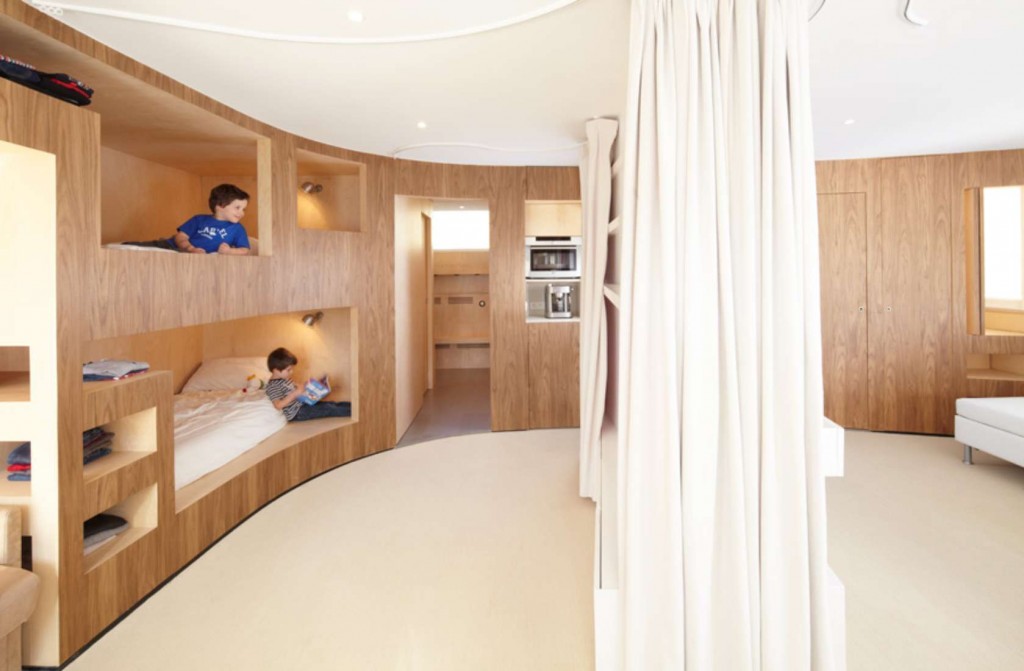As the temperature starts dropping, your electric or gas bill starts to rise. This is true just about every year. You have to keep your home heated while also trying to save as much money as possible. Sometimes, it can feel impossible to balance those two goals; however, it’s not impossible if you know what makes these things cost so much. Your home does not heat or cool uniformly; different materials absorb heat better than others. Some do not absorb heat very well. The materials that absorb heat and hold it are considered insulating materials, and they are very effective for keeping your costs low and your house warm. The other kind of material is that material which does not hold heat very well; these are called thermal bridges.
Thermal Bridges
Thermal bridges are materials that allow hot or cold temperatures to transfer from one place to another. Since
Any sort of open-air access to the outside is obviously going to allow so much heat to escape. However, there are some other things you might not have thought of. Windows are the most likely culprits. Windows, especially those that are not double-glazed, are responsibility for losing large amounts of heat on a cold day. This is self-evident to anyone who has touched a windowpane on a cold day. Even when your house is warm, the windowpane is cold. That’s because cold air is denser, and it travels to areas of lower density, such as the warm interior of your house. So, how do you stop this?
Solutions
The first and most obvious solution is to cover your windows with some heavy drapes or curtains. That will help create a buffer between your windows and the interior of your house. More than that, you should explore MHS radiators; some of these are curved radiators that can direct heat to the interior of a room and away from the windows. Since the window is going to facilitate the transfer of cold temperatures into the room, you’re going to be wasting your money trying to heat up the windows. If you have a curved radiator that is facing away from the window, then you can send the heat where it will be most appreciated and not literally out the window.
Some people like to place their curved radiators directly underneath the window, but angled away from the window, so the heat radiates out to all of the areas of the room that are not touched by the cold glass.

